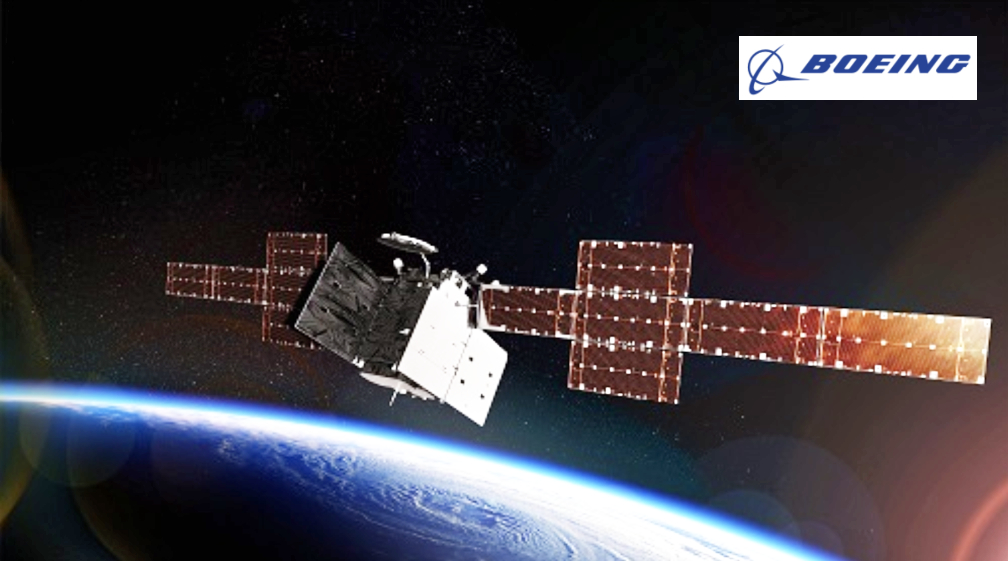
Boeing [NYSE: BA] recently unveiled the company’s Protected Wideband Satellite (PWS) design that features Boeing’s Protected Tactical SATCOM Prototype (PTS-P) payload hosted aboard the U.S. Space Force’s Wideband Global SATCOM (WGS)-11 spacecraft.

The combination of military satellite communications (MILSATCOM) and anti-jam capabilities underpin the PWS design. Both programs are based on Boeing’s 702X software-driven technology enabling real-time and automated beam-forming for improved stand-off performance and signal protection.

The program is scheduled for launch in 2024, with on-orbit testing slated for 2025. After on-orbit demonstration, the PTS-P payload will be available to transition for operational use.
The PTS-P design features automated anti-jam capabilities, including jammer geolocation, real-time adaptive nulling, frequency hopping and other techniques, harnessing the power of the U.S. military’s Protected Tactical Waveform (PTW) to ensure the warfighter can stay connected in a contested environment.

By flying PTS-P on the WGS-11 spacecraft as part of the WGS constellation, PWS works seamlessly with all the existing WGS user terminals, while allowing gradual fielding of PTW modems in a theater of operation.
WGS provides the Department of Defense with a broad majority of tactical communications going through the constellation that currently includes 10 satellites.
“The joint force is relying on us to deploy capabilities that enable secure communications in a prolific jamming environment. We also need mission-relevant speed and affordability, while being mindful of the evolving threat in the battlefield. The Boeing PTS-Prototype payload hosted on WGS-11 is an exciting leap forward for new warfighter capabilities.” — Charlotte Gerhart, Space Systems Command’s Tactical SATCOM division chief at the U.S. Space Force
“The Protected Wideband Satellite combines significantly upgraded WGS capability with PTS-P’s automated anti-jam features. This capability sets the stage for future generations of protected wideband systems that can operate in both legacy transponded and new onboard processed modes.” — Michelle Parker, vice president of Boeing’s Space Mission Systems
